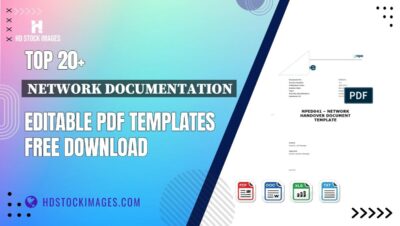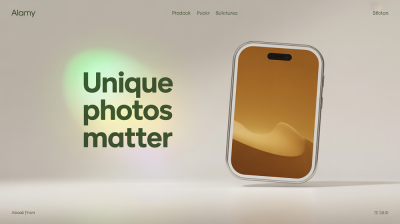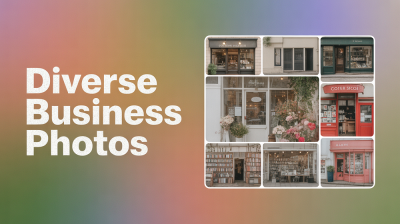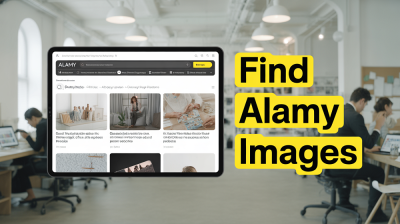iStock is a popular online marketplace where individuals and businesses can purchase and sell high-quality stock images, illustrations, videos, and audio clips. Founded in 2000, iStock was one of the pioneers in the stock photography industry and has grown to become a go-to resource for creatives, marketers, and designers alike. With millions of visuals in its library,
Understanding Licensing Options
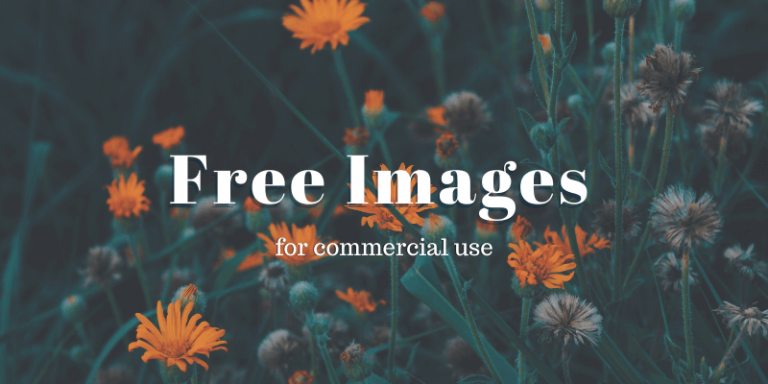
When it comes to using images from iStock, understanding the licensing options is crucial for ensuring compliance with the platform’s rules. iStock offers two main types of licenses: the Standard License and the Extended License. Here’s a breakdown of each:
| License Type | Description | Commercial Use |
|---|---|---|
| Standard License | This license allows you to use images for a variety of purposes, including websites, social media, and marketing materials. However, there are limitations on print runs and merchandise. | Yes, with limitations. |
| Extended License | The Extended License provides broader usage rights, including unlimited print runs and the ability to use images in merchandise or templates that you sell. | Yes, more flexibly. |
It’s essential to note that while iStock is not free in the traditional sense, they offer subscription plans and credit packs that make it more affordable for frequent users. Always review the specific licensing agreements before using any image for commercial purposes, as failing to do so can lead to legal ramifications.
Also Read This: Why Are My YouTube Shorts Not Getting Views
3. Types of Licenses Offered by iStock
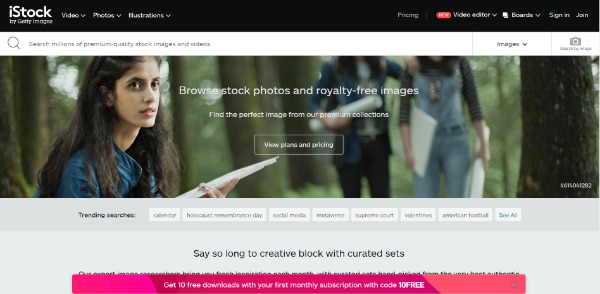
When navigating the world of stock images, understanding the licenses is crucial, especially if you're considering using iStock for your projects. iStock offers a variety of licenses to cater to different needs, making it easier for users to find the right fit for their usage. Here’s a breakdown of the main types of licenses:
- Standard License: This is the most common option, allowing you to use images for web and print projects, including marketing materials, presentations, and social media posts. However, there are limitations on the number of copies you can distribute, typically up to 500,000.
- Extended License: If you need more flexibility, the Extended License is your go-to. It allows for unlimited reproduction and usage of the image, which is perfect for merchandise, templates, or any commercial products you sell. Plus, it includes additional rights, making it a safer bet for larger projects.
- Editorial License: This license is specifically for non-commercial usage, often used for news articles, blogs, or any content meant to inform rather than sell. You can’t use editorial images for advertising or promotional purposes, so keep that in mind.
Choosing the right license ensures that your use of iStock images is compliant and protects you from potential legal issues down the line. So, always check the specifics of each license before making a purchase!
Also Read This: Why YouTuber JiDion Decided to Quit
4. Commercial Use Explained

Now, let’s dive into what "commercial use" actually means. In simple terms, commercial use refers to any use of an image that is intended to generate profit or promote a product or service. This is a crucial distinction when considering iStock images, as not all licenses allow for commercial use. Here’s how it breaks down:
- Advertising: If you’re using an image in a promotional campaign, whether online or offline, that’s commercial use. For instance, a banner ad for a new product on your website falls under this category.
- Products for Sale: Using an image on merchandise, such as T-shirts, mugs, or digital templates, is considered commercial use. This is where the Extended License becomes very handy, as it allows unlimited reproduction.
- Social Media Marketing: If you’re posting an image on social media to boost engagement or promote services, that counts as commercial use, too. Think of Instagram ads or Facebook promotions.
Understanding what constitutes commercial use helps you make better choices about the licenses you need. Always check if the images you’re interested in can be used for your intended purpose, especially if profit is on the line!
Also Read This: How to Find Free Templates on Behance for Creative Projects
Common Misconceptions about iStock Licensing

When it comes to using stock images, there are plenty of misconceptions swirling around, especially regarding iStock. Let’s clear up some of the most common misunderstandings!
- All images are free: One of the biggest myths is that all iStock images are free for commercial use. While iStock does offer a selection of free images occasionally, most of their high-quality assets require payment and come with specific licensing terms.
- Licenses are the same across all platforms: iStock’s licensing options are unique. For example, their standard license allows for certain usages, but if you need to print large quantities or use images in merchandise, you’ll need an extended license.
- One license covers everything: This is a common pitfall. Each image may have different licensing terms. Always read the specifics for each asset you want to use.
- Credit is not necessary: While iStock doesn’t require attribution for paid assets, it's a misconception that you can use anything without crediting the creator. It's a good practice to show appreciation, especially for free images.
- All content is royalty-free: While iStock does operate on a royalty-free basis, this doesn't mean there are no restrictions. Each image or video comes with specific guidelines that you must adhere to.
By understanding these misconceptions, you can navigate iStock’s offerings more effectively and avoid potential copyright issues!
Also Read This: An Easy Guide to Instagram Thumbnail Download Without Losing Quality
How to Properly Attribute iStock Assets
Attributing iStock assets can be a bit tricky since it varies depending on whether the image is free or paid. Here’s how to do it right!
For paid assets, attribution is not required, but you might want to give credit anyway. It promotes transparency and supports the creators. Here’s a simple way to format it:
Image by Photographer's Name on iStock
For free assets, however, attribution is often required. Make sure to follow these steps:
- Check the licensing terms on the specific image page.
- Include the photographer's name and a link back to the image or the iStock website.
Here’s an example:
Image by John Doe on iStock
Using iStock images responsibly not only enhances your project but also respects the hard work of the creators behind them! Always ensure you’re following the latest guidelines for attribution to stay in the clear.
Is iStock Free for Commercial Use?
When it comes to sourcing high-quality images for commercial use, iStock is a popular choice among marketers, designers, and content creators. However, understanding the licensing and costs associated with iStock is crucial for anyone looking to use their images legally and effectively.
iStock operates on a paid licensing model, which means that most of their images, videos, and illustrations are not free. Here's a breakdown of what you need to know:
- Subscription Plans: iStock offers various subscription plans that allow you to download a certain number of assets per month. This can be a cost-effective solution for businesses that require regular access to stock images.
- Credit Packs: Alternatively, users can purchase credit packs, which let you buy images on a pay-per-image basis. This is ideal for one-time projects or specific needs.
- Royalty-Free Licenses: Purchased images come with a royalty-free license, meaning you can use the images for commercial purposes without paying additional royalties each time.
- Extended Licenses: For more extensive usage, such as merchandise or resale, you might need to purchase an extended license, which provides broader rights.
It's important to understand that while iStock images are not free, the investment can be worthwhile considering the quality and variety available. Always read the specific licensing terms for each image you intend to use to ensure compliance.
Conclusion
Making informed choices about image sourcing is essential for avoiding legal issues and ensuring your commercial projects are successful. While iStock isn't free, its quality and licensing options provide valuable resources for businesses.
 admin
admin